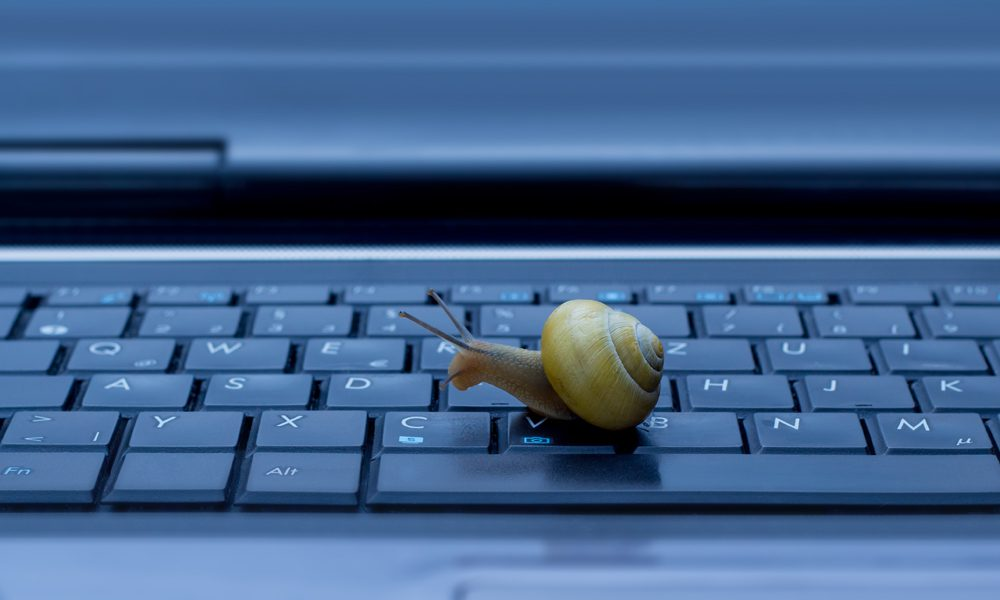Is your laptop sluggish, with apps freezing, boot times dragging on, or fans loud and persistent? You’re not alone—many users face this frustration. But the good news is that most issues can be resolved by identifying the underlying cause and applying practical fixes. Here’s a comprehensive guide to diagnosing and accelerating your computer’s performance.

Recognize the Symptoms
First, be aware of typical slowdown signals:
- Long delays when launching applications or opening files
- Wide-eyed wait times during startup
- Frequent freezing or unresponsiveness
- Browser sluggishness with multiple tabs open
- System-wide lag even for simple tasks
Diagnose Common Culprits
Understanding what’s slowing you down is essential:
Insufficient RAM
Low memory forces your laptop into swapping data to disk—much slower than RAM. If you have under 8 GB, you’ll hit performance walls running multiple programs .
Hard Drive Struggles
Nearly full drives hinder performance.Traditional HDDs also suffer from fragmentation and slower disk access.
Excess Startup or Background Apps
Every program that boots with Windows saps resources. Even idle, background processes use CPU, RAM, and disk I/O .
Malware or Bloatware
Unwanted programs or viruses can wreak havoc behind the scenes—eating RAM, CPU cycles, and cluttering storage .
Outdated OS and Drivers
Missing updates for Windows or device drivers may leave performance gains unrealized .
Overheating or Physical Dirt
Dust buildup can stifle cooling, forcing system throttling to avoid overheating .
Quick Software Tweaks You Can Do Today
Reboot Regularly
A restart frees up locked RAM, closes zombie processes, and gives your system a fresh start.
Disable Unneeded Startup Programs
Open Task Manager → Startup tab, then disable items you don’t need to launch at boot .
Delete Unused Apps and Files
Uninstall rarely used software. Use Disk Cleanup or third‑party tools for temp files .
Clean Up and Defragment Drives
Free up at least 10–20 % of disk space. On HDDs, run defragmentation. On SSDs, let Windows optimize automatically .
Scan for Malware
Run Windows Security (or a trusted AV tool) for infections that steal performance via hidden processes .
Update Windows and Drivers
In Settings → Windows Update, ensure you’re current. Under Optional Updates, also update optional drivers .
Manage Visual Effects
Go to Performance Options → Visual Effects, and select “Adjust for best performance” to turn off animations .
Optimize Power Settings
Set power mode to High Performance (or Balanced), instead of Power Saver .
Use ReadyBoost (Optional for HDDs)
Plug in a fast USB drive and enable ReadyBoost—Windows will use it as extra cache .
Hardware Upgrades That Make a Big Difference
Add More RAM
Increasing to 8 GB—or ideally 16 GB—dramatically improves multitasking and overall responsiveness .
Upgrade to an SSD
Switching from HDD to SSD can make your laptop feel years faster—applications and files load in seconds .
Clean Internal Components
Carefully open the case to remove dust from fans and vents. This keeps the cooling system efficient .
Maintenance Tips to Keep Speed Consistent
- Reboot weekly and avoid leaving your laptop on permanently .
- Monitor performance: use Task Manager or Resource Monitor to spot surging CPU/RAM/disk usage .
- Update regularly: apply Windows and driver updates monthly.
- Run malware scans routinely.
- Keep storage healthy: backup or delete large files and run cleaning tools.
Extreme Measures (Use with Caution)
If none of these measures work:
Reset or Reinstall Windows
In Settings → Recovery → “Reset this PC,” choose to keep files but remove all apps—this often restores speed .
Replace the Laptop
If it’s more than 5–7 years old, evaluate whether upgrading RAM/SSD vs. buying a new model is more cost‑effective .